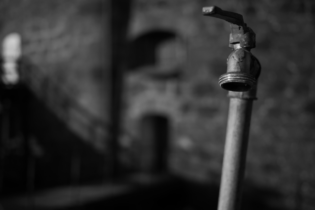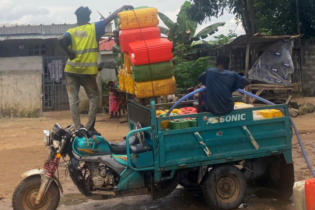Bokaa and Letsibogo dams are currently at their lowest water levels in five years. According to the Water Utilities Corporation (WUC), Letsibogo Dam’s level decreased by 46% between June 2011 and June 2012, making it the worst recorded decrease over a five-year period.
The corporation says Letsibogo Dam is currently at 40% from last year’s 86 percent during the same period. “Apart from supplying greater Gaborone (areas surrounding Gaborone) with 36% of its water, the dam is also responsible for supplying the BCL mine, Mmadinare, Palapye and Mahalapye areas,” the corporation states. At its current level, WUC says, Letsibogo Dam can only supply its catchment areas for 12 months without any inflow. Bokaa Dam, on the other hand, registered a decline of 46%; recording 61% and 15% in 2011 and 2012 respectively during the same period. This translates to three months of supply without inflow. Bokaa Dam contributes 25% of its water to greater Gaborone. Nnywane Dam, which supplies Lobatse, is at 52% and can supply water for only eight months without inflow. The corporation reveals that Gaborone Dam stands at 56% and can supply water for 20 months without inflow. Only two dams, Shashe and Ntimbale currently have satisfactory levels at 87% and 90% respectively. Shashe Dam supplies greater Francistown (Francistown, Tonota, Mathangwane, Matshelagabedi, Matsiloje, Tati Nickel and Mopani Mines) while Ntimbale Dam services the North East and Tutume districts with 50% of its water. The area gets another 50% from Maitengwe wells.South Africa’s Molatedi Dam supplies Botswana with 7.3 million cubic metres per year. WUC says the figure is reduced to half when the dam is below 26%. WUC stresses that the amount is insignificant considering the demand of greater Gaborone.
In a recent interview, WUC chief executive officer, Godfrey Mudanga said their strategy is to monitor dam levels and see what is left without further inflows. Mudanga said as a result of the current dam levels, they have put measures in place. “These actions include introduction of water conservation measures. We first sensitise people about saving water. If that is not enough, we commence water restrictions,” Mudanga said. He added that if restrictions do not produce adequate results, then they will initiate water rations. “This means stopping water supply at certain times,” Mudanga said. Source: Mmegi Online






